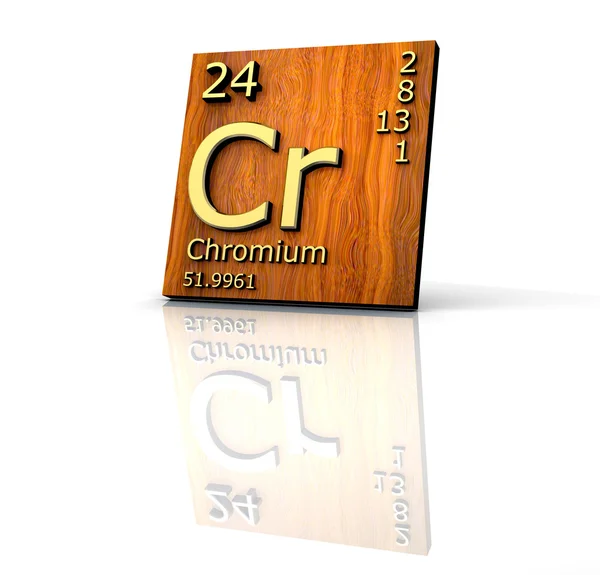
For all transitions with wave numbers greater than 50,000 cm −1 the wavelengths listed are vacuum wavelengths for those less than 50,000 cm −1 air wavelengths are given. Wavelengths given to three decimal places in have a stated uncertainty of less than 0.001 Å, and many of the two-place wavelengths in are rounded off from three-place values in the original literature. The wavelengths for many spectra have been taken from Reader et al. Unless otherwise noted, the spectroscopic data in this Handbook pertain to the naturally occurring isotopic mix for each element. This list includes the wavelength, the ionization stage, the reference for the wavelength measurement, and an intensity. įor each of the elements a list of the strongest lines in the spectra of the neutral and singly-ionized atoms has been compiled. For elements with no naturally occurring isotopes, the most commonly observed isotopes are listed. Included are the atomic number and weight and a list of naturally occurring isotopes, including the isotopic mass, the relative abundance, the nuclear spin (in units of h/2π), and the magnetic moment (in units of nuclear magnetons).

įor some spectra, especially some of the lighter elements, we have taken data from existing compilations that have been superseded by data reported in more recent literature.Ī small selection of non-spectroscopic atomic data has been provided for each element. For the actinide elements Ac-Es ( Z =89-99), we were able to rely almost entirely on the very complete compilation by Blaise and Wyart. No complete and critical compilations of energy levels have appeared for most of these spectra since vols. 2 and 3 of Atomic Energy Levels. For example, the current version of the ASD includes energy-level data for only two spectra (Mo I,II) of the 72 spectra of the neutral and singly-ionized atoms of the elements Rb to Ba ( Z = 37-56) and Hf to Ra ( Z = 72-88). Although the data are incomplete, our wavelength and energy level tables for these elements, especially, comprise a supplement to the ASD. Our most extensive use of data from the original literature has been for the heavier elements. In addition to more extensive data for many of the spectra in this Handbook, the ASD has data for higher ionization stages of many elements and includes the references.Īlthough we have made heavy use of previous compilations, our tables for the great majority of elements include at least some data compiled by us from more recent original literature and, in some cases, from unpublished material. The data from most of the NIST compilations we have used are available online from the Atomic Spectra Database (ASD see ). More complete data than those selected for this Handbook can usually be found in references given with the tables for particular spectra. We also give a separate table of energy level data for each spectrum which, although incomplete, includes levels additional to those involved in the persistent-line transitions. In addition to the wavelengths and intensities, the energy levels and transition probabilities (where available) are listed for a total of about 2,400 lines in these tables. More complete data for a smaller number of the most persistent lines of each spectrum are given in additional tables for each element. The wavelengths, intensities, and spectrum assignments are given in a table for each element, and the data for the approximately 12,000 lines of all elements are also collected into a single table, sorted by wavelength (a "finding list"). The compilation includes data for the neutral and singly-ionized atoms of all elements hydrogen through einsteinium ( Z = 1-99). This handbook is designed to provide a selection of the most important and frequently used atomic spectroscopic data in an easily accessible format.

#Chrome periodic table download
TOC | Finding List | Element Name | Atomic Number | Periodic Table | Download eBook Version I.


 0 kommentar(er)
0 kommentar(er)
